Find Help
More Items From Ergsy search
-
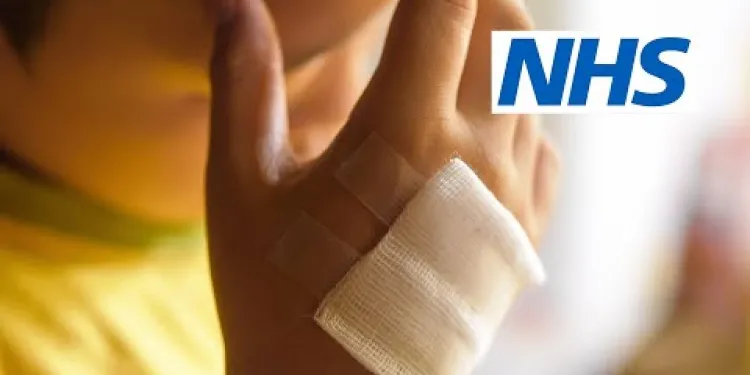
How do I deal with burns and scalds? (9 to 30 months) | NHS
Relevance: 100%
-
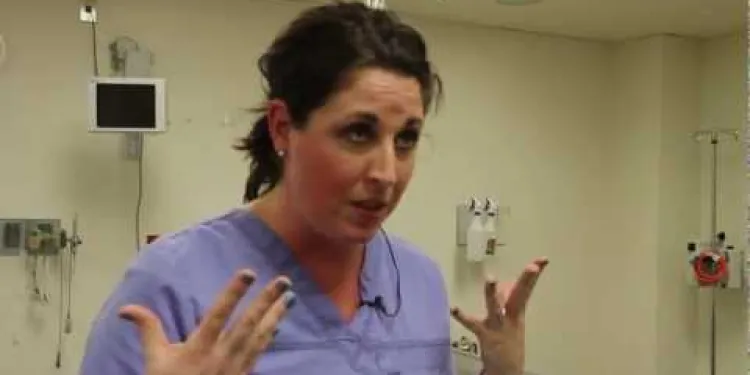
How to treat a scald burn
Relevance: 90%
-
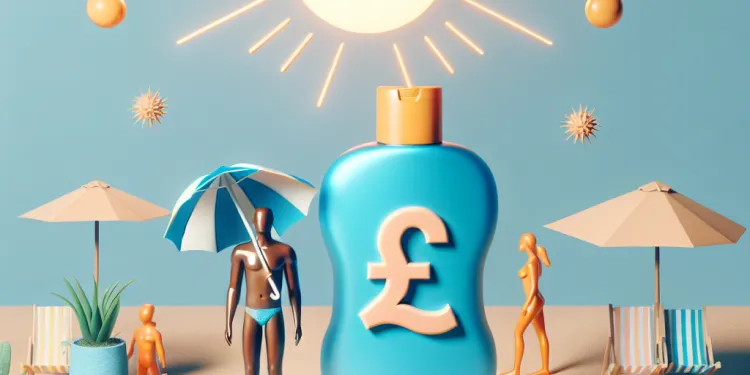
Why do some people not burn as easily as others?
Relevance: 36%
-

What happens to my monthly payments if interest rates rise?
Relevance: 24%
-
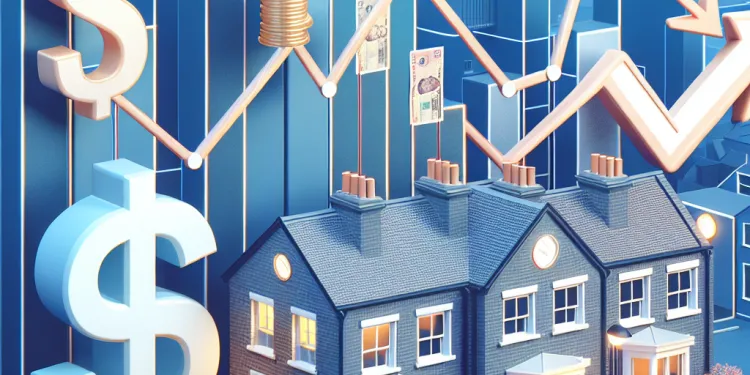
UK House Prices Fall for Third Consecutive Month
Relevance: 24%
-
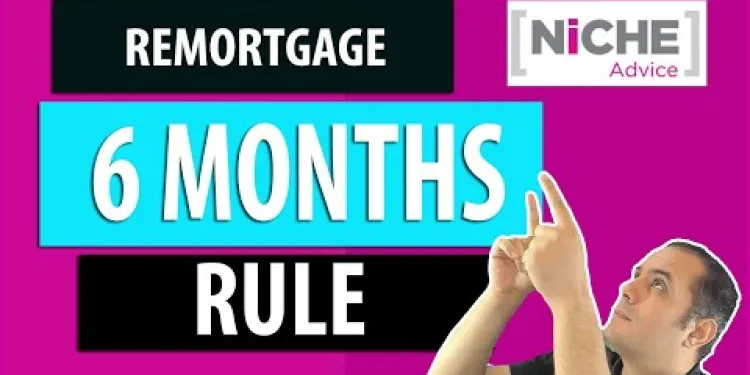
Remortgage within 6 Months on the open market value Residential or Buy to Let Properties
Relevance: 23%
-

How do I treat my child's cold? (9 - 30 months) | NHS
Relevance: 23%
-

What topics are covered in a first aid course?
Relevance: 22%
-
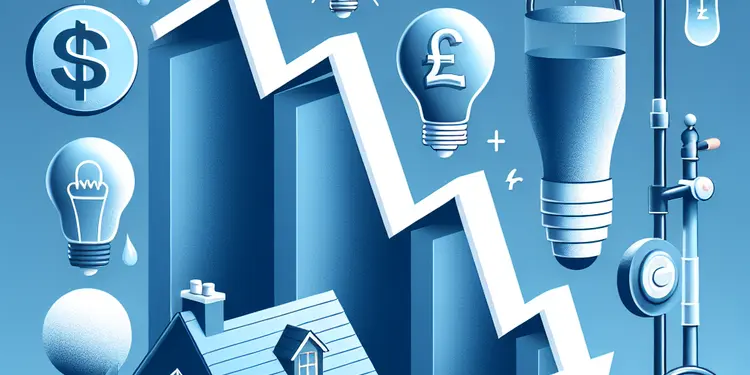
How can I lower my monthly utility bills?
Relevance: 22%
-
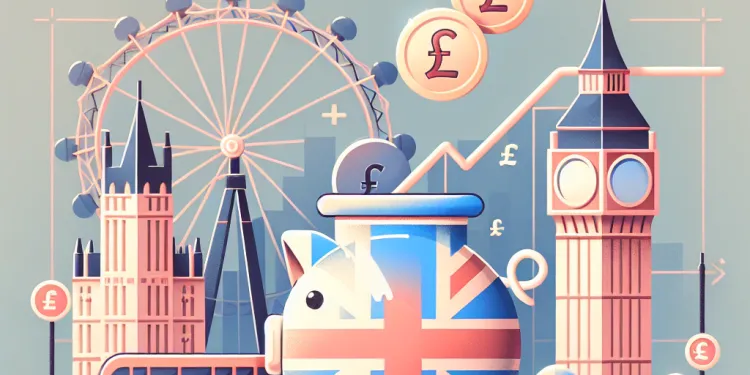
How much would I need in an ISA to generate £2,000 monthly?
Relevance: 22%
-

How much would I need in an ISA for a £2k monthly passive income?
Relevance: 21%
-
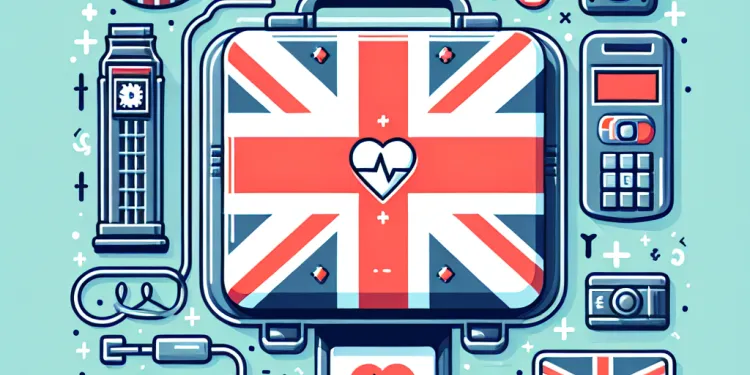
Do defibrillators have any side effects?
Relevance: 10%
-
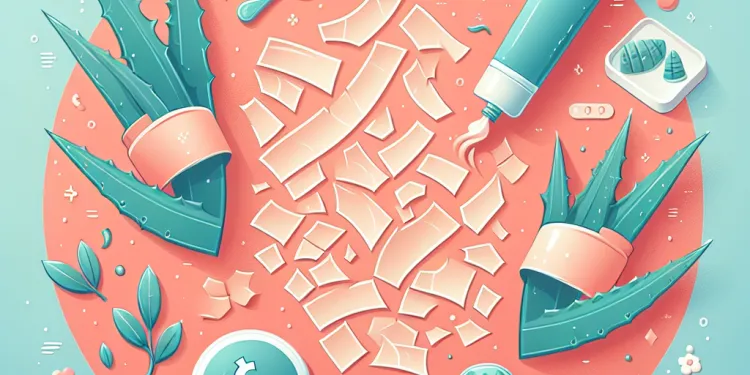
Is peeling a normal part of sunburn recovery?
Relevance: 10%
-
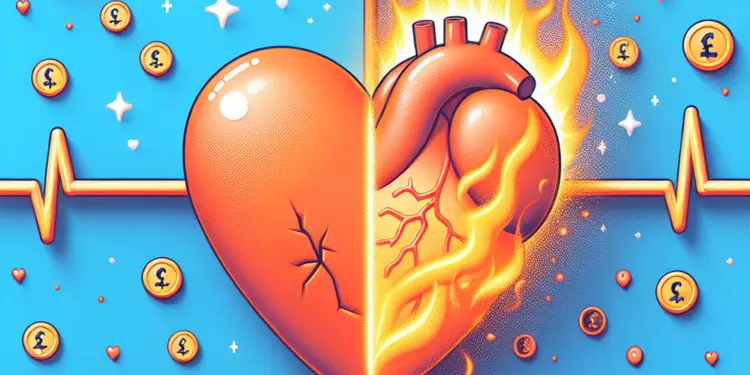
How can I differentiate between heartburn and a heart attack?
Relevance: 10%
-
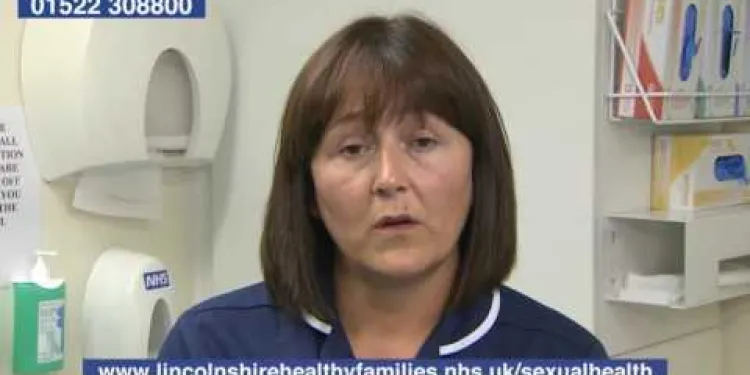
The symptoms of gonorrhoea
Relevance: 9%
-
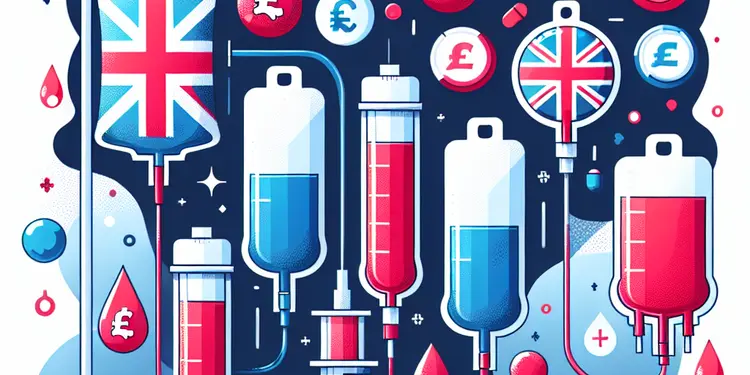
What types of blood products can be transfused?
Relevance: 9%
-
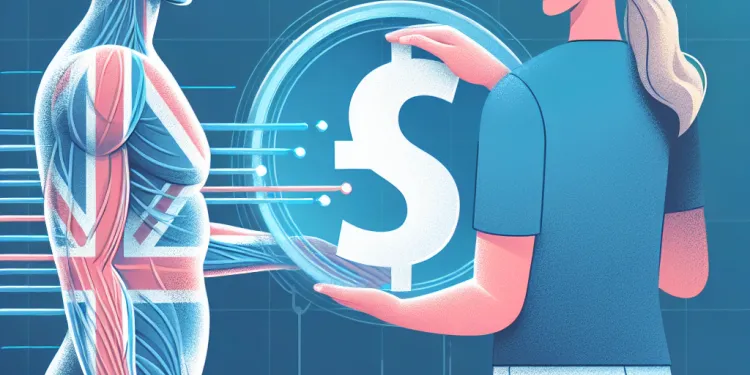
What is postherpetic neuralgia?
Relevance: 9%
-

What SPF level is recommended to prevent sunburn?
Relevance: 9%
-
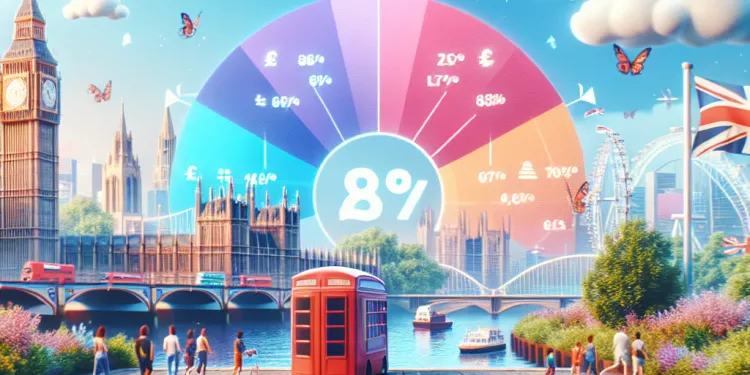
Is UK air quality changing?
Relevance: 9%
-

Which factor sunscreen should I use?
Relevance: 9%
-
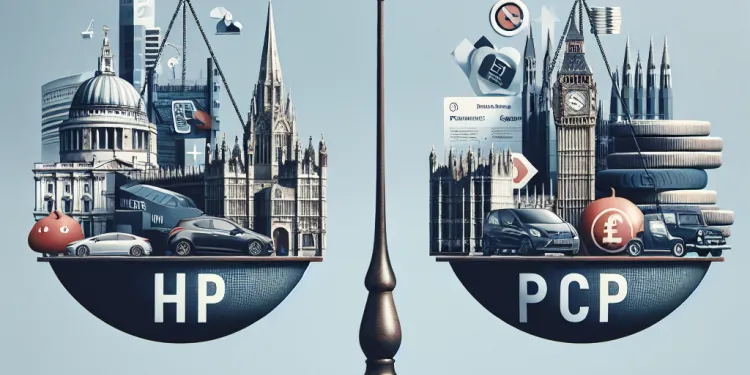
When would HP be more beneficial than PCP?
Relevance: 9%
-

Self Harm
Relevance: 8%
-
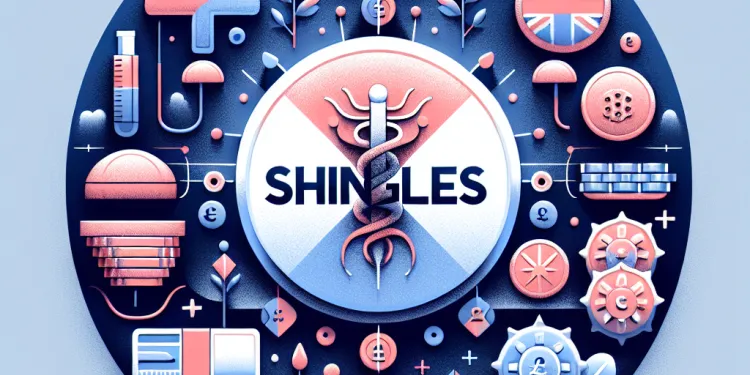
What is Shingles?
Relevance: 8%
-
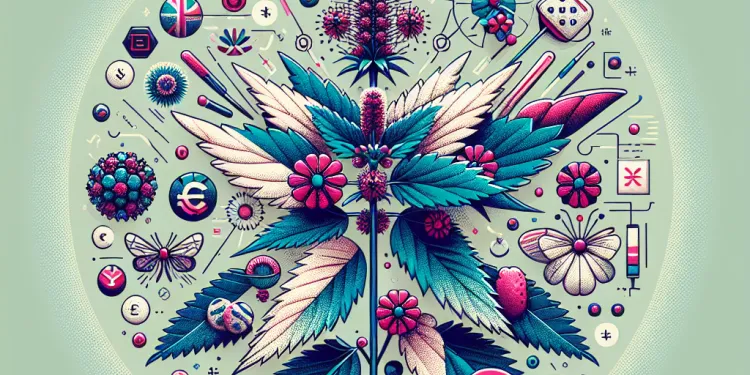
What are common symptoms of nettle rash?
Relevance: 8%
-
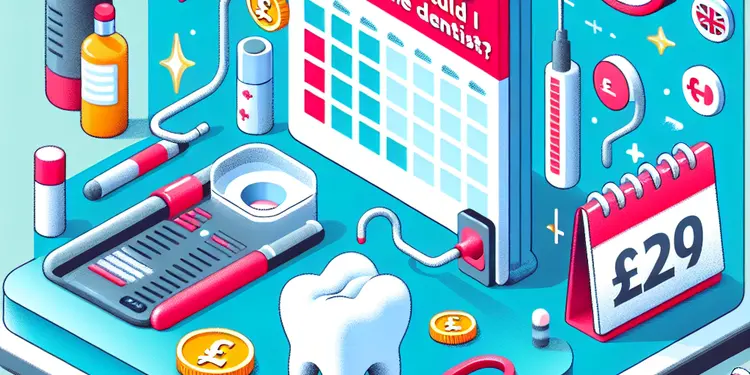
How often should I visit the dentist?
Relevance: 8%
-

Can fake weight loss drugs come in unusual forms?
Relevance: 8%
-
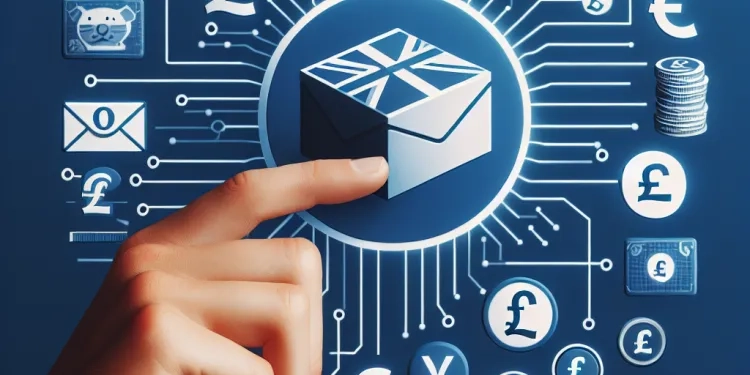
How much does it cost to play the Postcode Lottery?
Relevance: 8%
-
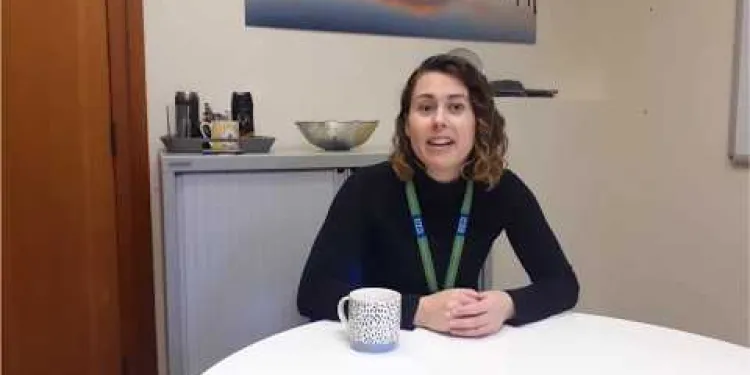
Raynaud's Disease
Relevance: 8%
-
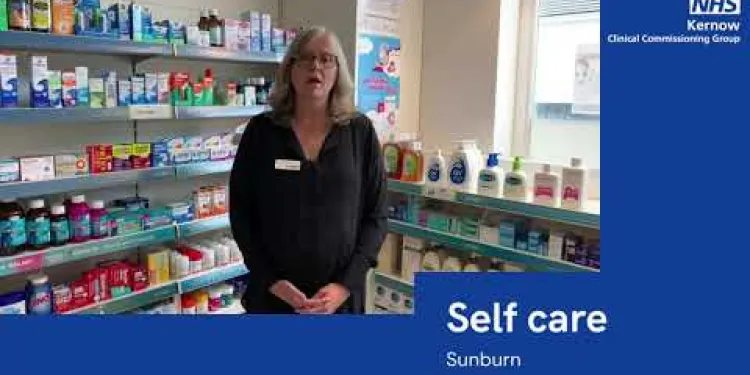
Self care - sunburn
Relevance: 8%
-
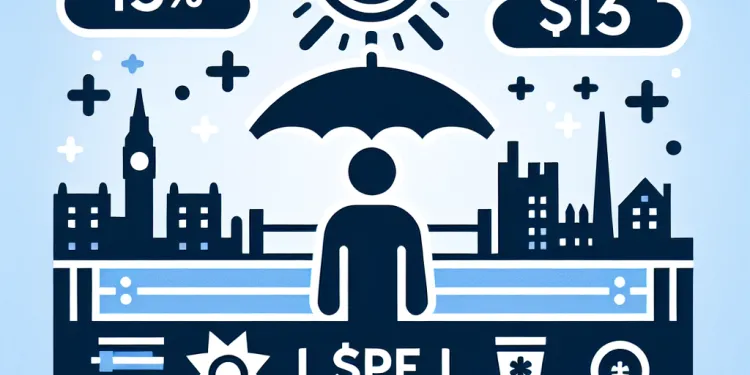
Is SPF 15 enough for everyday use?
Relevance: 8%
-
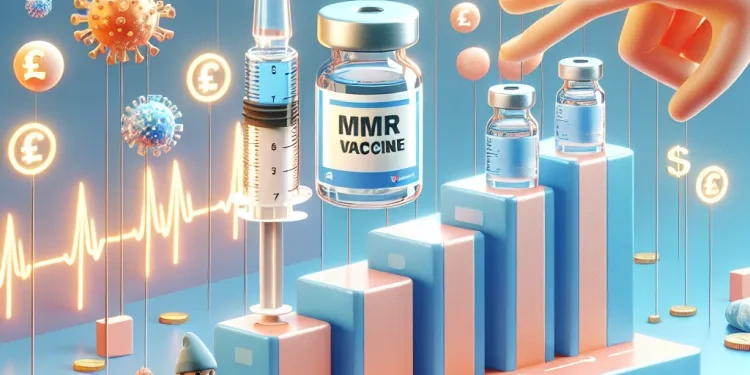
At what age is the MMR vaccine given in the UK?
Relevance: 8%
-
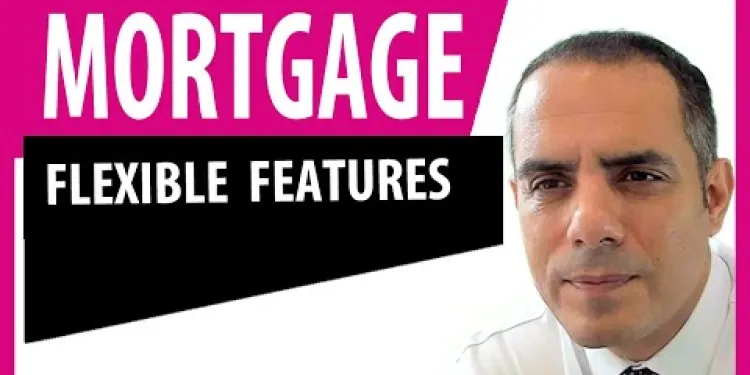
Mortgage Overpayment and Flexible Features Explained
Relevance: 8%
-

What is psoriasis?
Relevance: 8%
-
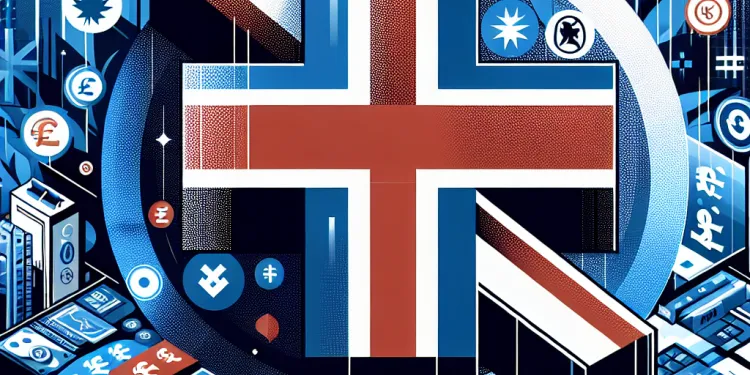
What are the main advantages of PCP over HP?
Relevance: 8%
-

Is it possible to negotiate a better price on a lease?
Relevance: 8%
-
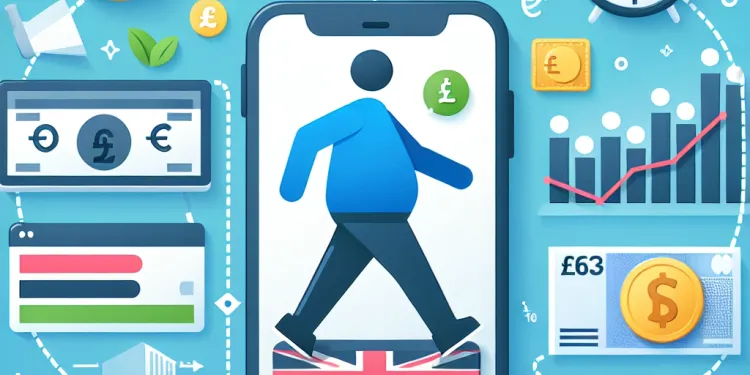
Is it possible to lose weight by walking to work?
Relevance: 8%
-
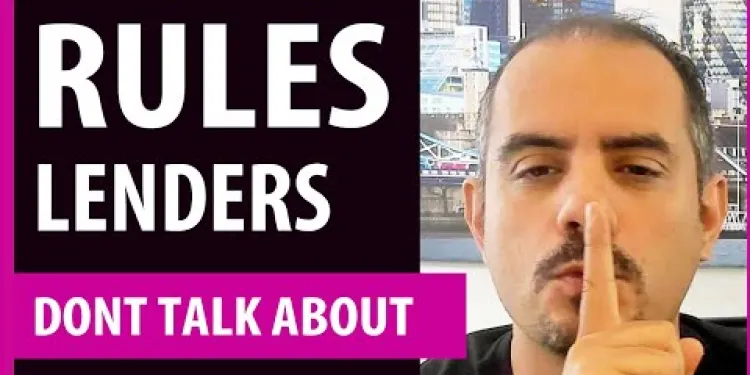
UK Mortgage Rules Lenders Don't Talk About - Debt To Income Ratio
Relevance: 8%
-
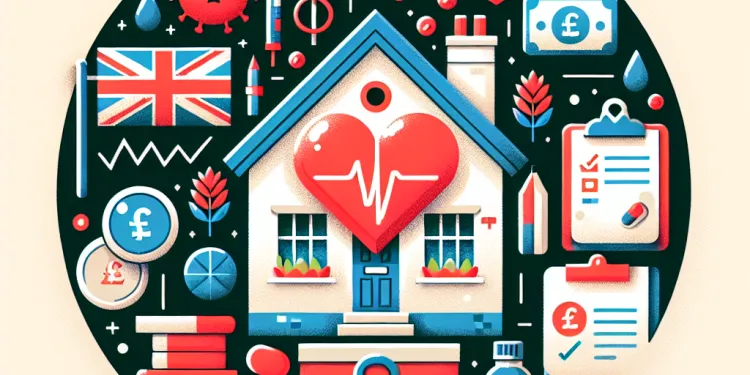
What are the symptoms of shingles?
Relevance: 8%
-
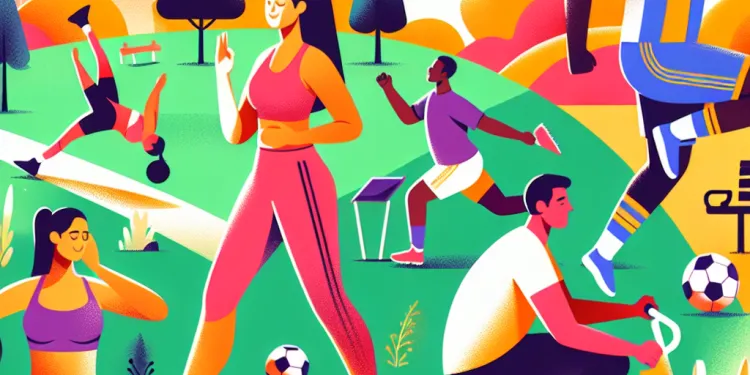
How important is physical activity in preventing obesity?
Relevance: 8%
-

How does leasing compare financially to financing a car?
Relevance: 8%
How to Deal with Burns and Scalds (9 to 30 Months) | NHS
Understanding Burns and Scalds
Burns and scalds are common injuries that can happen to young children, especially those aged 9 to 30 months as they begin to explore their environment. A burn is caused by dry heat, like a fire or iron, while a scald is caused by wet heat, such as hot water or steam. It’s crucial to respond quickly and correctly to minimize damage and aid healing.Initial Treatment Steps
1. **Cool the Burn**: Immediately place the burn or scald under cool running water for at least 20 minutes. This helps to reduce swelling and pain, and prevent further skin damage. Do not use ice, iced water, or greasy substances such as butter. 2. **Remove Clothing and Jewelry**: Carefully remove any clothing and jewelry around the affected area unless it is stuck to the skin. This helps to avoid additional injury and allows the skin to cool appropriately. 3. **Cover the Burn**: Once cooled, cover the burn with cling film, a clean, non-fluffy cloth, or a sterile dressing. This helps to keep the area clean and free from infection.When to Seek Medical Help
- **Severity**: If the burn is larger than the size of the child’s hand or affects sensitive areas like the face, hands, feet, joints, or genitals, seek immediate medical help. - **Blisters**: Do not burst any blisters that form. Burst blisters can become infected. Let a healthcare professional assess the situation. - **Pain Management**: If the child is in a lot of pain and you’ve administered appropriate child-strength painkillers but they are still in distress, get medical attention.Preventing Burns and Scalds
- **Keep Hot Liquids Out of Reach**: Always place hot drinks and pots out of reach of children. Use the back burners on stoves and turn pot handles away from the edge. - **Use Barriers**: Install safety gates in the kitchen and use fireguards around fireplaces and heaters. - **Check Water Temperature**: Before placing your child in the bath, always check the water temperature with your wrist or elbow to ensure it is not too hot.Aftercare and Monitoring
- **Check for Signs of Infection**: Keep an eye on the burn area for redness, swelling, pus, or increased pain, which could indicate infection. If you notice any of these signs, consult a healthcare professional. - **Keep the Area Clean and Dry**: Follow the advice given by your healthcare provider on dressing changes and maintaining cleanliness to prevent infection.Conclusion
Burns and scalds need prompt and appropriate action to ensure they heal properly with minimal complications. By following these steps, you can effectively manage a burn or scald and know when to seek professional help. Prevention is key, so take proactive measures to keep your child safe from potential hazards. For more detailed advice, always refer to the NHS guidelines or consult with a healthcare professional.How to Deal with Burns and Scalds (9 to 30 Months) | NHS
Understanding Burns and Scalds
Burns and scalds are injuries that can happen to young children. Burns come from dry heat like a fire or iron. Scalds come from wet heat like hot water or steam. It is important to act fast to help the skin heal and not get worse.Initial Treatment Steps
1. **Cool the Burn**: Quickly put the burn under cool water for at least 20 minutes. This stops swelling, helps with pain, and stops more skin damage. Do not use ice or butter. 2. **Remove Clothing and Jewelry**: Take off clothes and jewelry near the burn, only if they aren't stuck to the skin. This avoids more harm and lets the skin cool down. 3. **Cover the Burn**: After cooling, cover the burn with cling film, a clean cloth, or a special dressing. This keeps it clean and stops germs.When to Seek Medical Help
- **Severity**: See a doctor if the burn is bigger than the child’s hand or affects the face, hands, feet, joints, or genitals. - **Blisters**: Do not pop any blisters. Popped blisters can get infected. Let a doctor check them. - **Pain Management**: If your child still hurts after pain medicine, go to a doctor.Preventing Burns and Scalds
- **Keep Hot Liquids Out of Reach**: Put hot drinks and pots where children can’t reach. Use the back burners on stoves and turn handles away. - **Use Barriers**: Put safety gates in the kitchen and use guards around fireplaces and heaters. - **Check Water Temperature**: Before bath time, check the water with your wrist or elbow to make sure it is not too hot.Aftercare and Monitoring
- **Check for Signs of Infection**: Look for redness, swelling, pus, or more pain in the burn area. These could mean infection. If you see these, call a doctor. - **Keep the Area Clean and Dry**: Follow your doctor's advice on how to change dressings and keep the burn area clean.Conclusion
Burns and scalds need quick and proper care for good healing. Use these steps to treat a burn or scald and know when to see a doctor. Stop burns and scalds by making your home safe. For more help, check NHS guidelines or talk to a doctor.Frequently Asked Questions
What should I do immediately after my child gets a burn or scald?
Cool the burn or scald with cold running water for at least 10 minutes. This helps to reduce pain and swelling.
Should I use ice to cool the burn or scald?
No, do not use ice as it can cause further damage to the skin. Use cool running water instead.
Can I use butter or cream on a burn or scald?
No, do not apply butter, creams, or any oily substances as these can cause infection and delay healing.
How do I protect the burn after cooling it?
Cover the burn with a clean, non-stick dressing or cloth. Plastic cling film can also be used. This helps to protect the area from infection while keeping it clean.
When should I seek medical help for a burn or scald?
Seek medical help if the burn is larger than your child’s palm, affects their face, hands, feet, or groin, or shows signs of infection such as increased redness, swelling, or pus.
Can I give my child pain relief for a burn or scald?
Yes, you can give appropriate doses of paracetamol or ibuprofen suitable for your child's age to help manage pain.
Should I remove clothing or jewellery from the burnt area?
Yes, remove any clothing or jewellery near the burn, unless it is stuck to the skin. This helps to prevent further damage.
What should I do if the burn blisters?
Do not burst any blisters, as this can lead to infection. Cover them with a sterile dressing and seek medical advice.
Is it okay to use antiseptic creams on burns?
Generally, it's best to avoid antiseptic creams unless advised by a healthcare professional, as these can sometimes cause irritation or reactions.
How can I prevent burns and scalds in young children?
Keep hot drinks, pans, and kettles out of reach, use the back burners of the stove, and never leave young children alone in the kitchen.
Are there special products to use on burns and scalds?
There are hydrogel dressings and other products available, but it’s best to consult a healthcare professional before using them.
How do I know if the burn needs urgent medical attention?
Call 999 or go to A&E immediately if the burn is deep, larger than the size of your child's palm, causes white or charred skin, or has red, swollen edges spreading out.
Is it important to keep a burn or scalded area elevated?
Yes, keeping the affected area elevated can help reduce swelling and pain.
Can I use aloe vera on a burn or scald?
Although aloe vera is commonly used for burns, it’s best to consult a healthcare professional before applying it, especially on children.
How do I care for a burn or scald while it’s healing?
Keep the area clean, replace dressings as needed, and watch for signs of infection. Avoid exposing the burn to the sun.
What should I do right away if my child gets a burn or scald?
If your child gets burned or scalded, here is what you can do:
- Stay calm and try to help your child feel calm too.
- Quickly put the burn under cool running water. Do this for 20 minutes.
- Keep the burned area in the water until help arrives.
- Do not use ice or any creams. Just use cool water.
- Remove any clothing or jewelry near the burn, but do not take off anything that is stuck to the burn.
- Call for help if needed, like a doctor or ambulance.
Tools that can help:
- A cool water tap or shower
- A timer to make sure you cool the burn for 20 minutes
- A phone to call for help if you need it
Hold the burn under cold water for 10 minutes. This helps stop pain and swelling.
Can I use ice to cool a burn or scald?
If you burn or scald your skin, use cool water, not ice. Cool water helps your skin feel better. Ice can hurt your skin more.
If you need help, tell an adult. You can also call for help if you are worried.
No, don't use ice. It can hurt the skin more. Use cool running water instead.
Can I put butter or cream on a burn?
No, don’t put butter or cream on a burn.
If you burn yourself, use cool water instead. Let cool water run over the burn for a few minutes to help it feel better.
If you need help, ask an adult to see a doctor or nurse.
No, do not put butter, creams, or anything oily on the burn. These can make it worse and stop it healing properly.
What should I do after cooling a burn?
Here is what you can do after you make a burn feel cooler:
- Cover the burn with a clean, soft cloth or a bandage.
- Keep the burn clean to stop germs.
- Don’t pop blisters if you have them.
- Tell an adult if the burn hurts a lot.
You can use these tools to help understand:
- Pictures: Look at pictures about burns to help you know more.
- Videos: Watch videos for better understanding.
- Ask for help: It's good to ask someone you trust to help you.
Put something clean and soft on the burn. Use a cloth that will not stick to it. Plastic wrap can help too. This stops germs and keeps the burn clean.
When should I get help from a doctor for a burn or scald?
If you have a burn or scald, it is important to know when to see a doctor. Here are some signs you need help:
- If the burn is bigger than the size of your hand.
- If the burn is on your face, hands, feet, or private parts.
- If the skin is white or charred.
- If there are blisters and it is very painful.
- If the burn looks infected. It might be red, swollen, or have pus.
If you are not sure, it is okay to ask for help. You can talk to a doctor or call a health number for advice.
Some tools to help you:
- Ask someone to help you call the doctor.
- Use an app to write down your questions before you visit.
If your child has a burn, get help from a doctor if:
- The burn is bigger than your child's hand.
- The burn is on their face, hands, feet, or between their legs.
- The burn looks bad and has signs like lots of redness, swelling, or yellow liquid (pus).
Using pictures or videos about burns might help explain these tips. Ask a grown-up to help with finding this information.
Can I help my child with medicine if they get a burn?
If your child gets a burn, you can give them medicine to help with the pain. It is important to make sure the medicine is safe for children. Ask a doctor or pharmacist if you are not sure. Always follow the instructions on the medicine bottle carefully.
You can also do other things to help your child feel better:
- Gently cool the burn with running water for at least 10 minutes.
- Keep the burn clean and covered with a bandage.
- Give your child lots of cuddles and comfort.
If the burn is big, or if you are worried, go see a doctor.
Yes, you can give the right amount of paracetamol or ibuprofen for your child's age to help with pain.
What should I do if there is clothing or jewelry on a burn?
Yes, take off clothes or jewellery near the burn, but only if they are not stuck to the skin. This helps stop more damage from happening.
What to do if you have a burn with a blister?
If you get a burn that has a bubble (blister), here is what you should do:
- Don't pop the blister. It keeps your skin safe.
- Wash your hands before touching the area.
- Use clean water to rinse the burn gently.
- Put a soft, clean bandage over it.
- If it hurts a lot or looks worse, tell an adult or see a doctor.
You can use talking tools or an adult to help you understand more.
Do not pop any blisters. This can make them infected. Cover them with a clean bandage and ask a doctor for help.
Can you put germ-killing cream on burns?
It is usually better not to use special creams that help stop germs, unless a doctor says it's okay. These creams can sometimes make your skin feel itchy or cause other problems.
How can I stop young children from getting burns and scalds?
Here are some simple steps to keep children safe from burns and scalds:
- Keep hot drinks and food out of reach.
- Turn saucepan handles away from the edge of the stove.
- Always check the bath water temperature before putting the child in.
- Use a thermometer to make sure the water is not too hot.
- Never leave children alone in the kitchen or bathroom.
Here are some tools to help:
- Use covers for stove knobs to keep children from turning them.
- Put safety locks on oven and microwave doors.
Keep hot drinks, pots, and kettles where kids can't reach them. Use the back stove burners, and don't leave young kids alone in the kitchen.
Can I use special products on burns and scalds?
If your skin gets burned or scalded, you might wonder what to use. Here are some tips:
- Cool the area: Use cold water to cool the burn right away.
- Cover it: Put a clean cloth on the burn to protect it.
- Ask for help: Talk to a doctor or ask an adult what to use.
- Use special cream: Some creams can help burns heal.
Remember, it's always good to get advice from a doctor.
There are special gel bandages and other products you can use. But it’s a good idea to ask a doctor or nurse before you use them.
How can I tell if the burn needs a doctor right away?
If the burn is big, deep, or looks bad, get help fast. Call 999 or go to A&E right away.
Here’s what to look for:
- If the burn is bigger than your child's hand.
- If the burn goes deep into the skin.
- If the skin looks white or burned black.
- If the skin is red, very swollen, and getting larger.
Ask someone for help if you can, and stay calm.
Should you keep a burn or scald raised up?
If you get a burn or a scald, it can help to lift it up. Keep the hurt part above your heart. This can stop swelling. Swelling is when the skin gets puffy.
If the burn is on your arm or leg, use a pillow to rest it on. This can help it heal better.
Yes, if you keep the hurt area up high, it can help make swelling and pain go down.
Can I put aloe vera on a burn?
Yes, you can use aloe vera on a burn. It can help cool and soothe the skin.
If your burn is bad, ask a doctor to help you.
Remember to be careful when using new things on your skin.
Aloe vera is often used to help with burns. But before using it, it's a good idea to talk to a doctor, especially if you are using it on children.
Here are some helpful tips:
- Ask a doctor first.
- Check if it's safe for kids.
How do I take care of a burn while it gets better?
If you have a burn, follow these steps:
- Cool the burn with water. Use cool (not cold) water for 10 minutes.
- Cover the burn with a clean, soft cloth or bandage to keep it clean.
- If it hurts, ask an adult if you can take medicine for the pain.
- Do not burst any blisters. Let them heal on their own.
- Get help from a doctor if the burn is big or you are worried.
Here are some tips to help:
- Ask for help from an adult if you need it.
- Use tools like timers to make sure you cool the burn for the right time.
- Remember, it's okay to ask questions if you don't understand something.
Keep the burn area clean. Change bandages when they need it. Look for signs that it might be infected. Do not let sunlight touch the burn.
Useful Links
- Ergsy carfully checks the information in the videos we provide here.
- Videos shown by Youtube after a video has completed, have NOT been reviewed by ERGSY.
- To view, click the arrow in centre of video.
- Most of the videos you find here will have subtitles and/or closed captions available.
- You may need to turn these on, and choose your preferred language.
- Go to the video you'd like to watch.
- If closed captions (CC) are available, settings will be visible on the bottom right of the video player.
- To turn on Captions, click settings .
- To turn off Captions, click settings again.
More Items From Ergsy search
-

How do I deal with burns and scalds? (9 to 30 months) | NHS
Relevance: 100%
-

How to treat a scald burn
Relevance: 90%
-

Why do some people not burn as easily as others?
Relevance: 36%
-

What happens to my monthly payments if interest rates rise?
Relevance: 24%
-

UK House Prices Fall for Third Consecutive Month
Relevance: 24%
-

Remortgage within 6 Months on the open market value Residential or Buy to Let Properties
Relevance: 23%
-

How do I treat my child's cold? (9 - 30 months) | NHS
Relevance: 23%
-

What topics are covered in a first aid course?
Relevance: 22%
-

How can I lower my monthly utility bills?
Relevance: 22%
-

How much would I need in an ISA to generate £2,000 monthly?
Relevance: 22%
-

How much would I need in an ISA for a £2k monthly passive income?
Relevance: 21%
-

Do defibrillators have any side effects?
Relevance: 10%
-

Is peeling a normal part of sunburn recovery?
Relevance: 10%
-

How can I differentiate between heartburn and a heart attack?
Relevance: 10%
-

The symptoms of gonorrhoea
Relevance: 9%
-

What types of blood products can be transfused?
Relevance: 9%
-

What is postherpetic neuralgia?
Relevance: 9%
-

What SPF level is recommended to prevent sunburn?
Relevance: 9%
-

Is UK air quality changing?
Relevance: 9%
-

Which factor sunscreen should I use?
Relevance: 9%
-

When would HP be more beneficial than PCP?
Relevance: 9%
-

Self Harm
Relevance: 8%
-

What is Shingles?
Relevance: 8%
-

What are common symptoms of nettle rash?
Relevance: 8%
-

How often should I visit the dentist?
Relevance: 8%
-

Can fake weight loss drugs come in unusual forms?
Relevance: 8%
-

How much does it cost to play the Postcode Lottery?
Relevance: 8%
-

Raynaud's Disease
Relevance: 8%
-

Self care - sunburn
Relevance: 8%
-

Is SPF 15 enough for everyday use?
Relevance: 8%
-

At what age is the MMR vaccine given in the UK?
Relevance: 8%
-

Mortgage Overpayment and Flexible Features Explained
Relevance: 8%
-

What is psoriasis?
Relevance: 8%
-

What are the main advantages of PCP over HP?
Relevance: 8%
-

Is it possible to negotiate a better price on a lease?
Relevance: 8%
-

Is it possible to lose weight by walking to work?
Relevance: 8%
-

UK Mortgage Rules Lenders Don't Talk About - Debt To Income Ratio
Relevance: 8%
-

What are the symptoms of shingles?
Relevance: 8%
-

How important is physical activity in preventing obesity?
Relevance: 8%
-

How does leasing compare financially to financing a car?
Relevance: 8%


